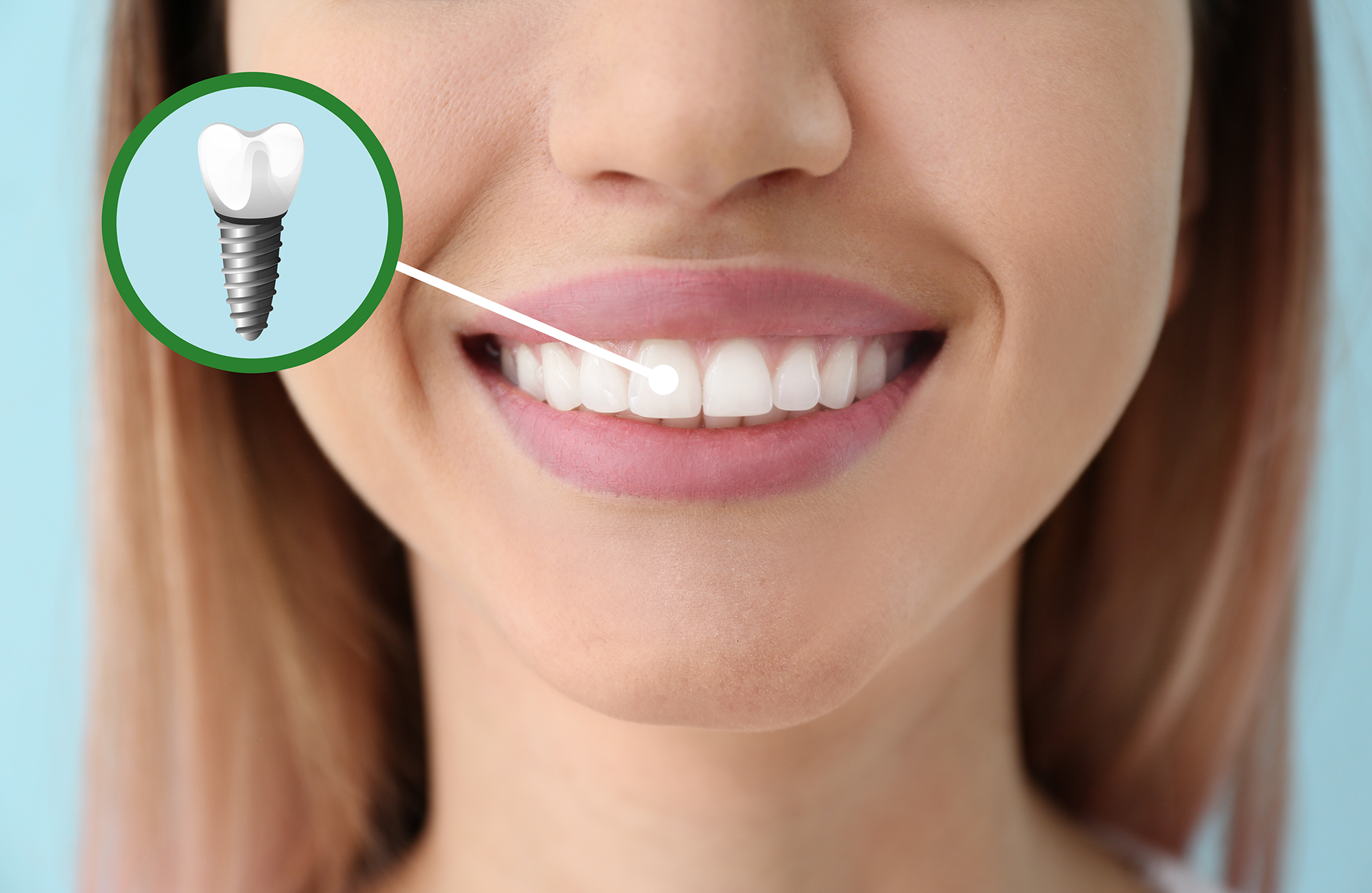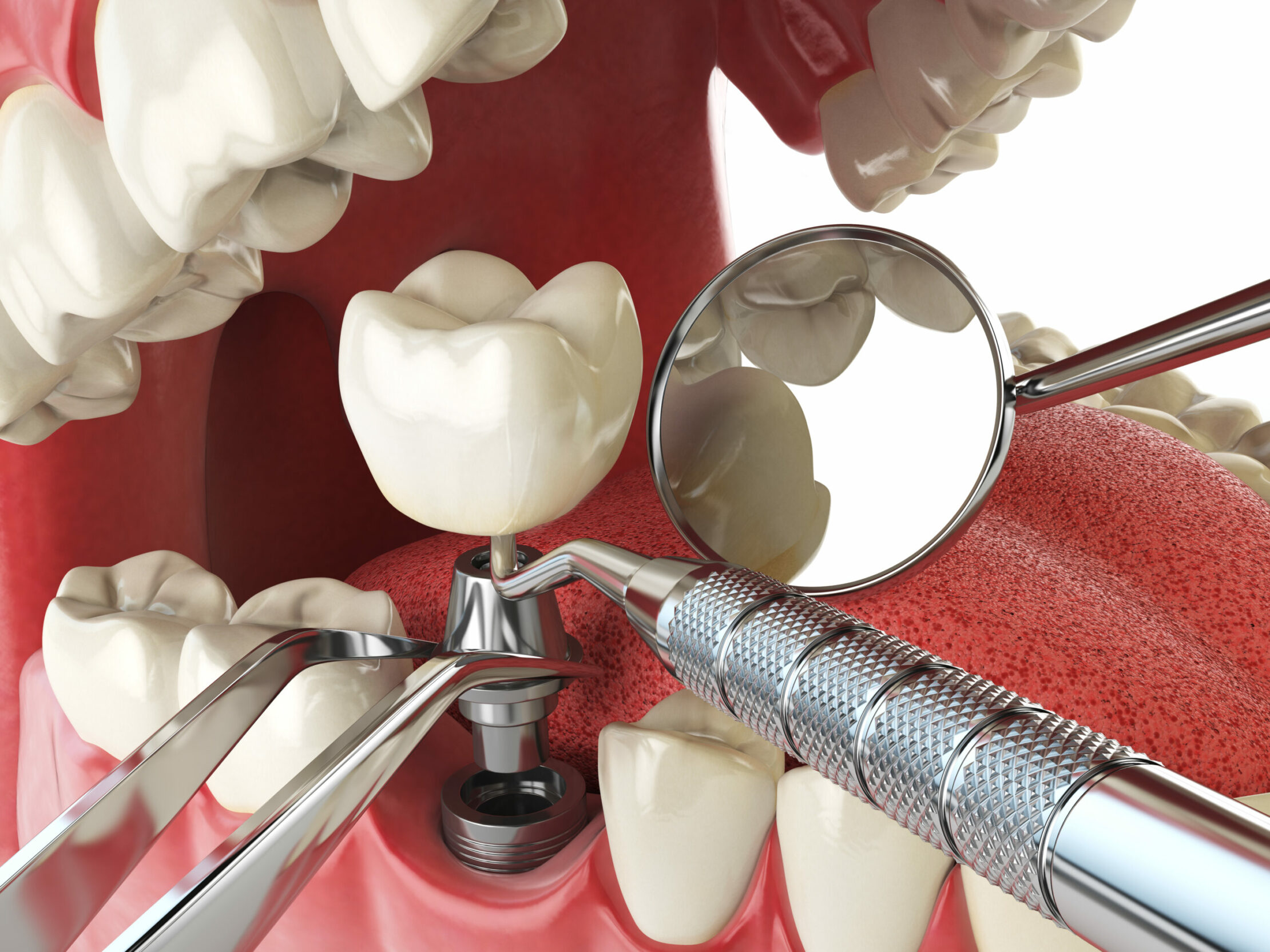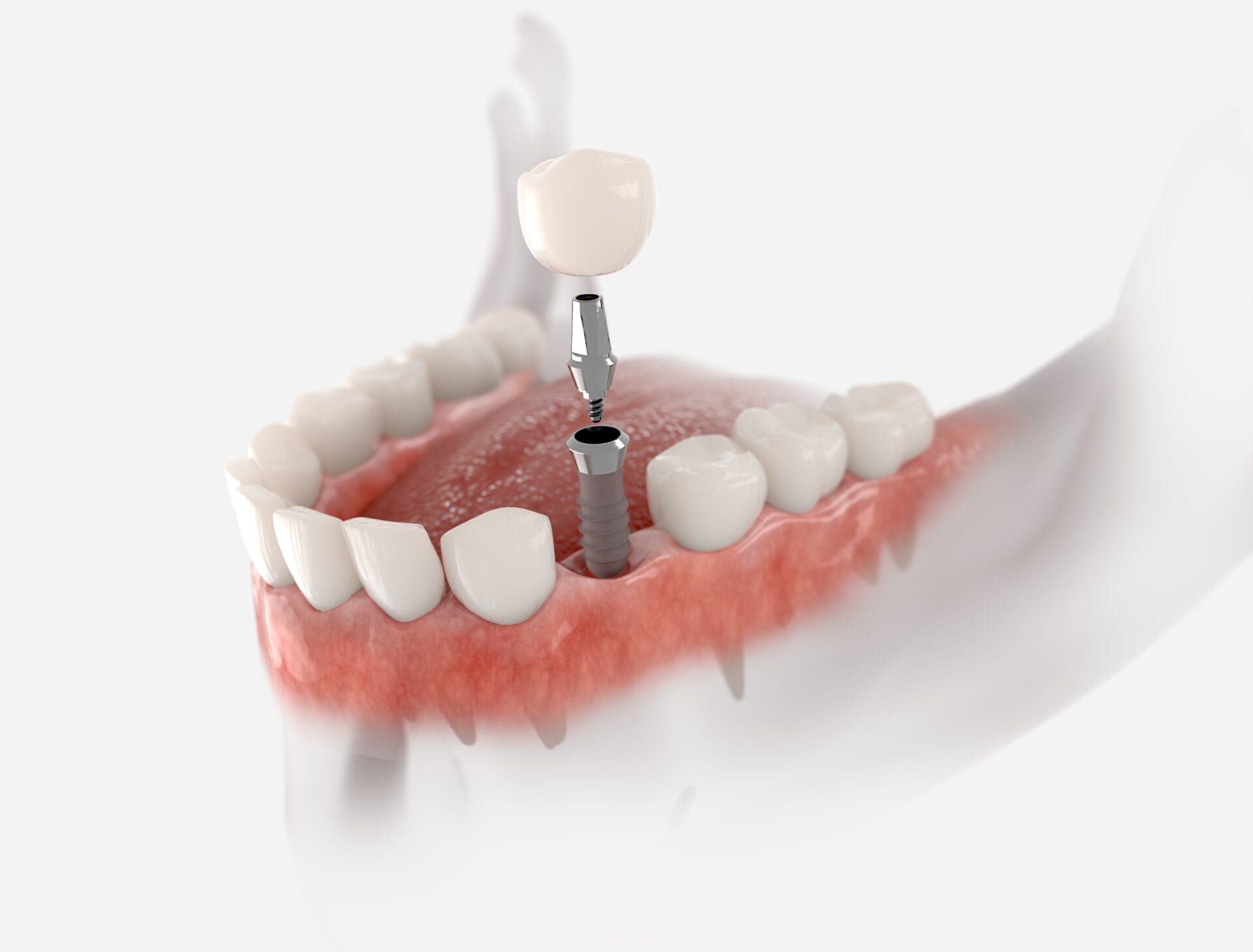Discover Excellence in Dental Implants Kent: Smile Confidently
Discover Excellence in Dental Implants Kent: Smile Confidently
Blog Article
Experience the most recent Innovations in Dental Implants Innovation
As the area of dental care remains to advance, the advancements in dental implant technology have been nothing short of amazing. From using innovative products that boost resilience to the implementation of digital imaging for accurate placement, these innovations are changing the landscape of dental care. With minimally intrusive medical methods and the modification capacities of 3D printing, individuals now have access to customized options that were when inconceivable. In addition, the combination of modern technology is reinventing the performance of dental implants, assuring improved outcomes and client complete satisfaction.
Advanced Materials for Improved Sturdiness
In the world of dental implants modern technology, the integration of innovative materials has dramatically added to boosting resilience and long life of these essential oral prosthetics. The utilization of materials such as titanium alloys, zirconia, and ceramic substances has actually revolutionized the area by supplying increased resistance, biocompatibility, and strength to deterioration.
Titanium alloys are widely utilized in oral implants because of their remarkable strength-to-weight proportion, corrosion resistance, and compatibility with the human body. These alloys guarantee the security and long life of the implant by holding up against the forces exerted during eating and talking, providing a reputable remedy for people seeking resilient tooth substitutes.
Zirconia, a kind of ceramic product, has actually gained popularity for its biocompatibility and natural tooth-like appearance. Its high strength and resistance to wear make it an appropriate option for dental crowns and bridges, improving the general appearances and capability of the dental implant.

Digital Imaging for Specific Positioning
The development of dental implants technology has actually better progressed with the assimilation of digital imaging methods, guaranteeing precise positioning of these prosthetics for optimum practical and aesthetic outcomes. Digital imaging plays an essential duty in the preparation and placement of dental implants by giving in-depth 3D pictures of the patient's jawbone framework. This innovation allows dentists to analyze bone thickness, locate essential structures, and plan the specific position and angle for dental implant placement with unrivaled precision.
By making use of digital imaging, dentists can produce virtual medical guides that work as a roadmap during the dental implant placement treatment. These guides are personalized for each individual, thinking about their one-of-a-kind composition and the desired result. This level of accuracy not only improves the success price of dental implant treatments but additionally reduces the danger of complications.
In addition, digital imaging allows dentists to visualize the last prosthetic restoration before the actual placement of implants, permitting precise preparation and guaranteeing that the end result meets the client's visual assumptions. In general, the assimilation of electronic imaging technology has changed the field of dental implants, offering clients an extra foreseeable, efficient, and patient-specific treatment technique.

Minimally Intrusive Surgical Strategies


Improvements in surgical methods have brought about the growth of minimally intrusive methods in the field of oral implantology. These methods aim to reduce injury to the individual, shorten recovery times, and boost general Discover More Here treatment outcomes. Minimally intrusive operations entail smaller incisions, specialized tools, and advanced imaging technologies to specifically put dental check my site implants with marginal interruption to bordering cells.
One key facet of minimally invasive strategies is making use of directed surgery, where 3D imaging and computer-aided layout software application are employed to prepare the implant positioning with terrific precision. This enables an extra predictable outcome and can commonly eliminate the demand for comprehensive flap surgical procedure.
Additionally, advancements in materials and dental implant design have additionally contributed to the success of minimally intrusive methods. Implants with boosted surface buildings promote quicker osseointegration, reducing the healing time called for before the prosthetic repair can be positioned.
3D Printing for Custom-made Solutions
Using 3D printing technology in oral implantology allows for the production of extremely tailored solutions tailored to private person needs and anatomical variants. This sophisticated technology allows oral specialists to design and produce oral implants with exceptional precision and accuracy. By using electronic imaging strategies, such as cone light beam computed tomography (CBCT), comprehensive 3D designs of the individual's mouth can be created to guide the implant planning process.
One of the essential benefits of 3D imp source printing in oral implantology is the capability to produce patient-specific implants that flawlessly fit the one-of-a-kind makeup of each person. This tailored approach aids boost the total success and long life of the dental implant by making certain optimum fit and placement. In addition, 3D printing enables the manufacturing of complicated geometries and complex frameworks that would certainly be tough or difficult to accomplish utilizing conventional manufacturing approaches.
In addition, 3D printing modern technology makes it possible for dentists to streamline the implantation procedure, minimizing surgical treatment time and improving overall patient experience. With its capacity to produce customized solutions promptly and effectively, 3D printing is transforming the field of oral implantology, offering individuals innovative treatment alternatives and enhanced outcomes.
Integrated Modern Technology for Improved Performance
Executing cutting-edge modern technology in dental implantology enhances performance and precision, boosting the standard of look after clients undergoing dental implant treatments. Integrated innovation plays an important function in boosting the general success and longevity of dental implants. One vital innovation is the combination of electronic scanning and imaging technologies, such as cone-beam calculated tomography (CBCT) and intraoral scanners. These tools enable thorough 3D imaging of the individual's dental structures, promoting accurate treatment preparation and implant placement.
Furthermore, the combination of computer-aided layout and computer-aided production (CAD/CAM) technology allows the development of personalized dental implant remediations with phenomenal accuracy. CAD/CAM systems use digital perceptions to make prosthetics that flawlessly fit the patient's distinct composition, making certain optimal comfort and functionality. Additionally, the use of robotic-assisted surgical treatment in dental implant positioning improves accuracy and lessens the threat of human mistake.
Verdict
Finally, the current technologies in oral implants modern technology deal boosted longevity through advanced products, specific positioning with electronic imaging, minimally invasive surgical techniques, personalized remedies with 3D printing, and enhanced functionality with integrated technology - Dental implants Kent. These advancements in oral implants innovation are reinventing the field and supplying individuals with more effective and reliable treatment alternatives for recovering their smiles and dental wellness
The integration of modern technology is changing the performance of dental implants, guaranteeing improved results and patient contentment.
The development of oral implants innovation has actually even more progressed with the integration of electronic imaging techniques, making sure precise placement of these prosthetics for optimum functional and visual end results. Minimally invasive medical treatments involve smaller sized lacerations, specialized instruments, and advanced imaging modern technologies to precisely put oral implants with minimal interruption to bordering cells.
Executing innovative modern technology in dental implantology improves performance and accuracy, elevating the standard of care for individuals undertaking implant procedures. Dental implants Kent. Integrated innovation plays an important duty in boosting the overall success and resilience of oral implants
Report this page